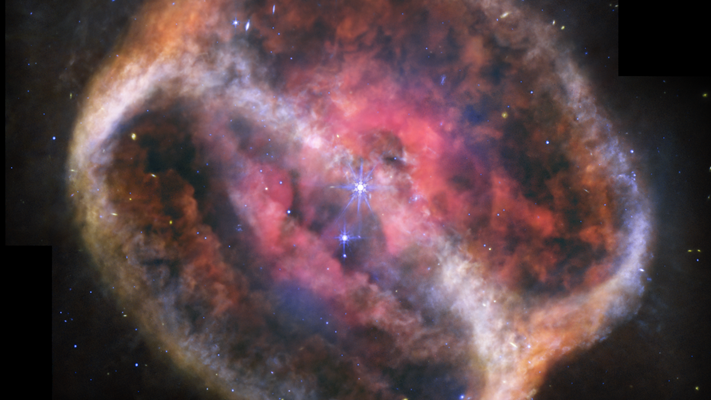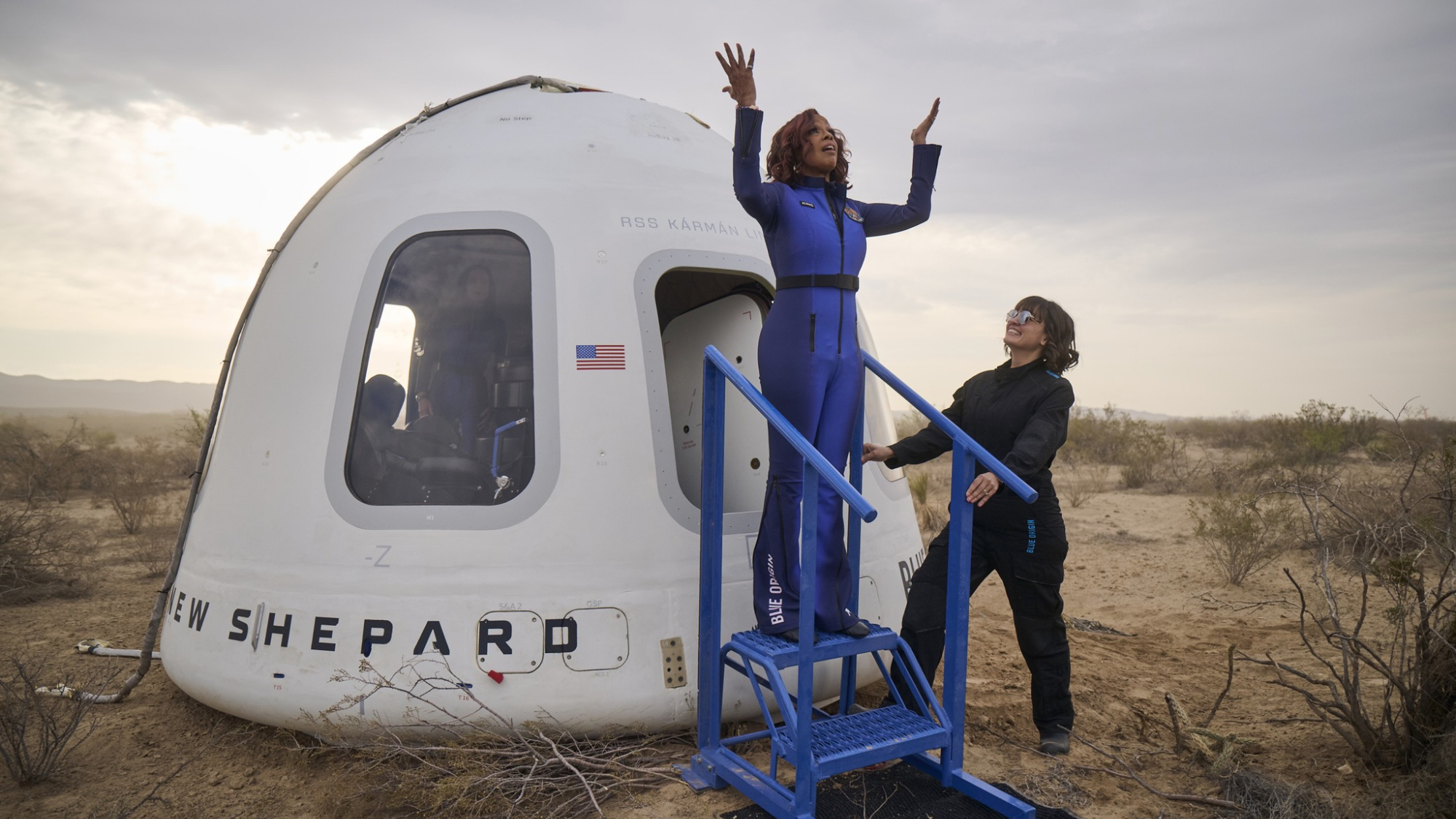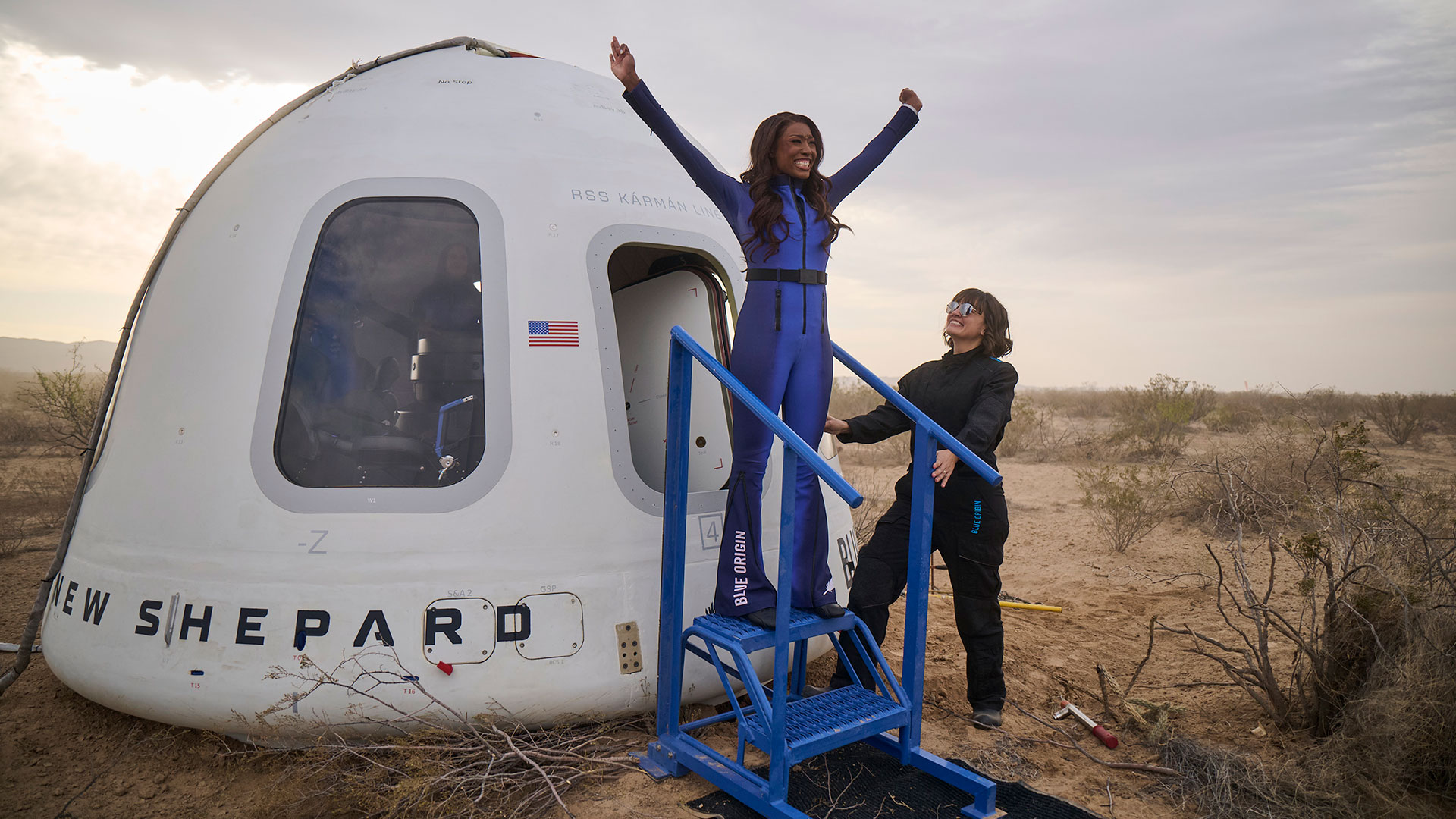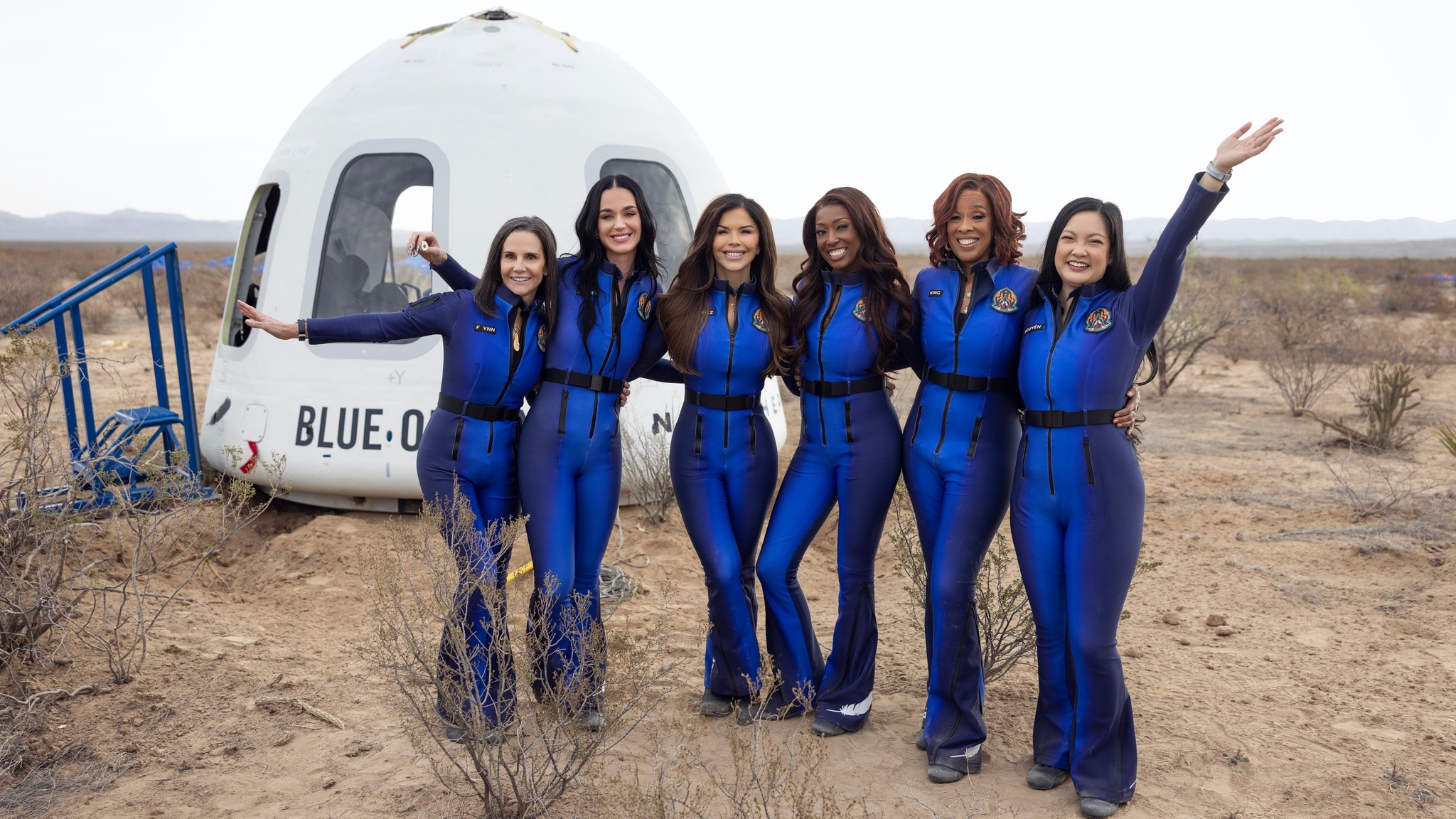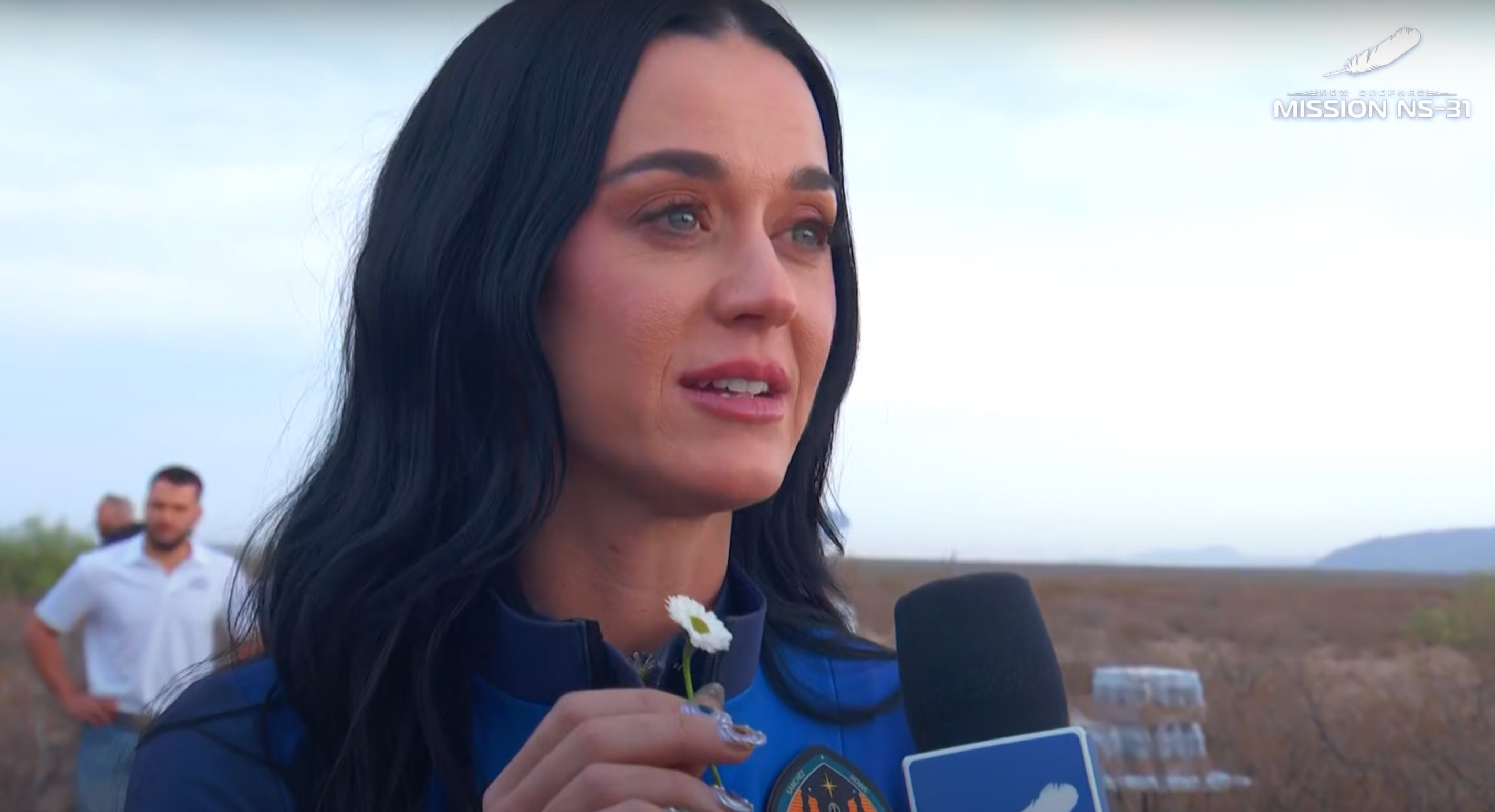Private cargo spacecraft named for shuttle-era astronaut who died of plane crash injuries
'Her legacy in medicine, aviation and space exploration continues to inspire generations that have followed.'
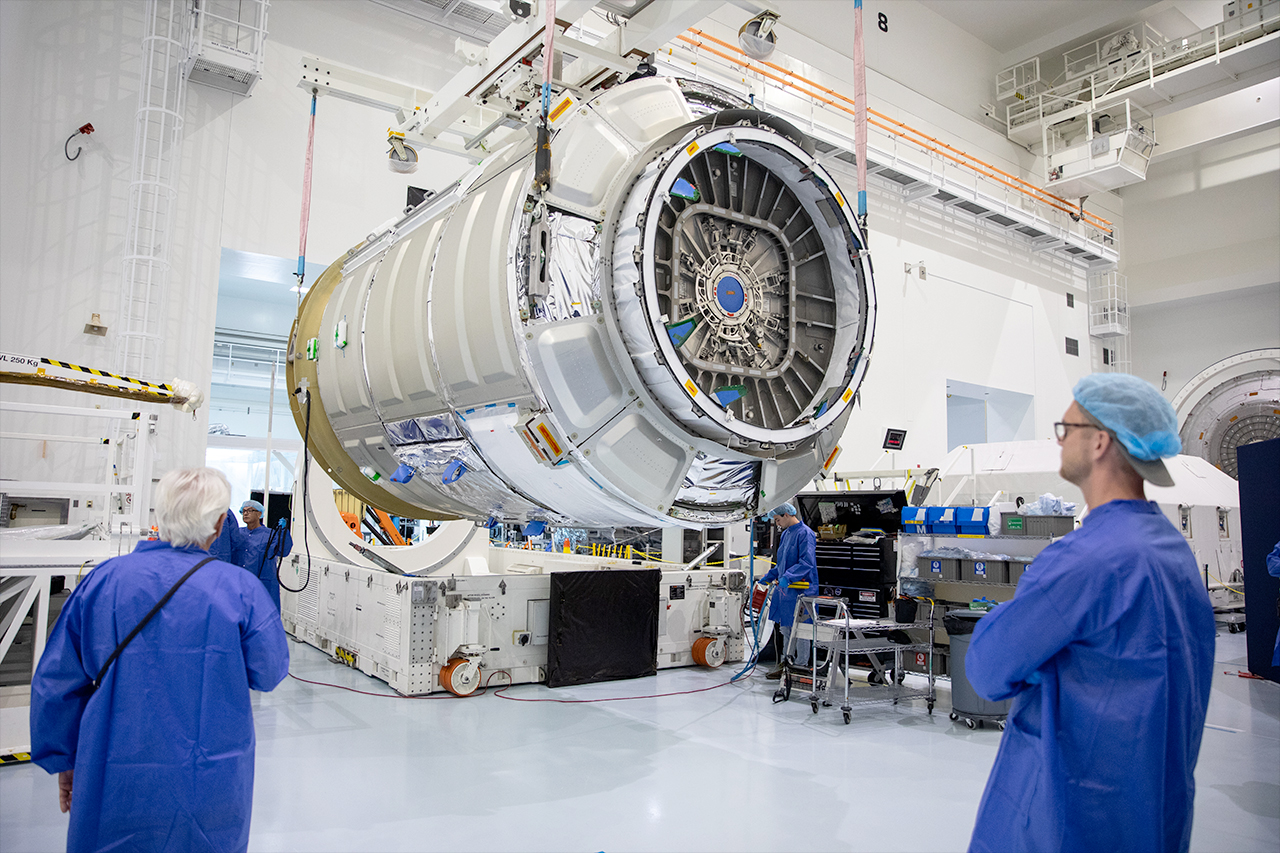
An astronaut who died from injuries sustained in a plane crash before she could launch to the International Space Station (ISS) is being memorialized with the naming of Northrop Grumman's first cargo spacecraft to fly on a SpaceX rocket.
The S.S. Patricia "Patty" Hilliard Robertson is targeted to lift off no earlier than Jan. 29, 2024, atop a Falcon 9 launch vehicle from Cape Canaveral Space Force Station in Florida. After a two-day rendezvous, the Cygnus supply ship will be captured by the space station's robotic arm and berthed to the Earth-facing port on the Unity node for the Expedition 70 crew to unload.
"At Northrop Grumman, we're proud to support NASA and the astronauts aboard the International Space Station by delivering crew supplies, equipment and scientific experiments with our Cygnus spacecraft," said Doug Hurley, Northrop Grumman's director of business development and former NASA astronaut, in a video statement. "Before each mission, we name Cygnus after a trailblazer in the space community."
Related: Facts about Northrop Grumman's Cygnus spacecraft
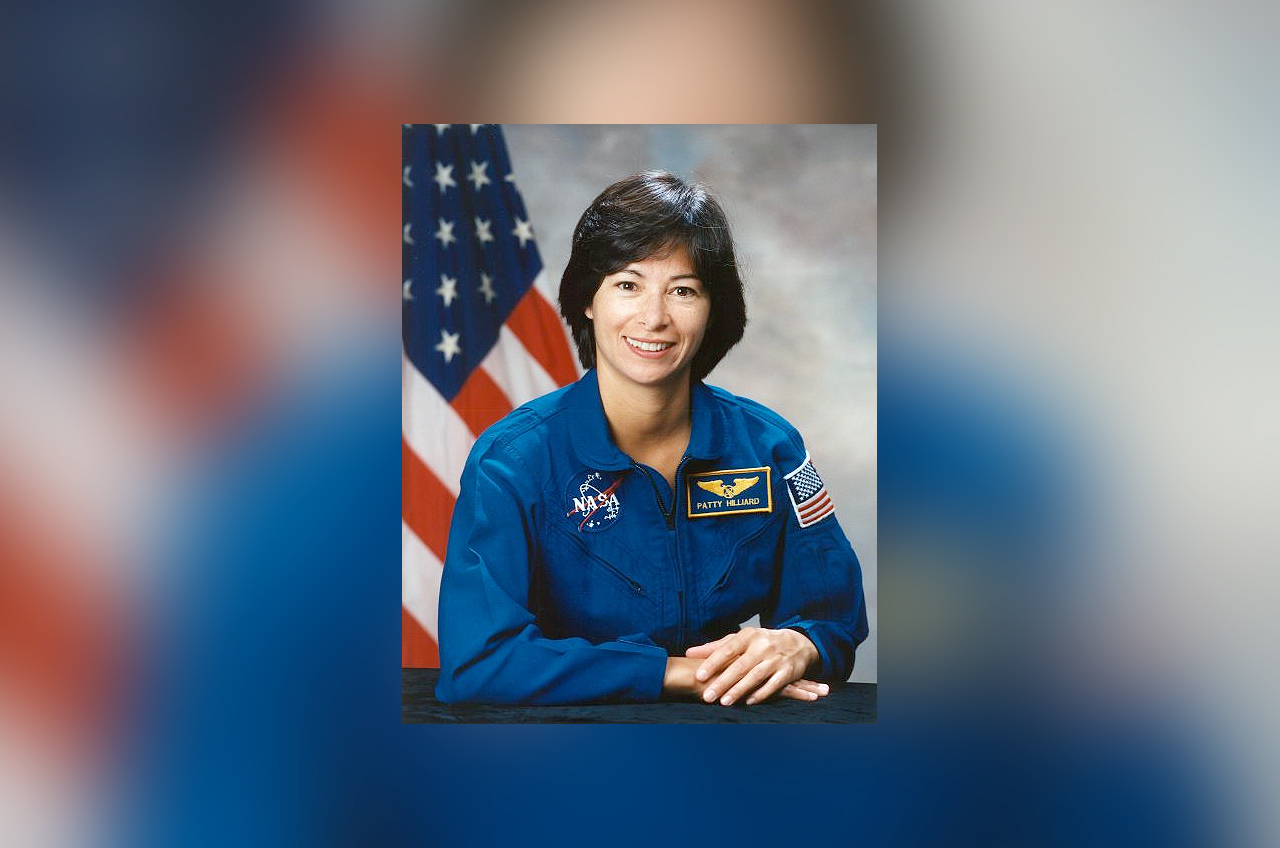
A medical doctor and space medicine fellow, Robertson was also a multi-engine rated flight instructor and avid aerobatic pilot with more than 1,500 hours of flight time. On May 22, 2001, two years after she had been chosen to become a NASA astronaut and completed her basic training, Robertson was in a small private-plane crash in Manvel, Texas.
Two days later, she died as a result of her injuries.
"At just 38 years old at the time of her death, she had already achieved so much, and her legacy in medicine, aviation and space exploration continues to inspire generations that have followed," said Hurley.
Robertson was supporting the ISS Expedition 2 crew, coordinating activities between the Astronaut Office and Mission Control, when she died. She was expected to be assigned to her own flight to the space station the following year.
"Members of Patty's astronaut class brought a photo of her on their space shuttle mission, along with her NASA name tag as a tribute," Hurley said, referring to a memorial display that remains aboard the space station to this day.
One of those same classmates, Tracy Caldwell-Dyson, is scheduled to launch to the ISS while the S.S. Patricia "Patty" Hilliard Robertson is berthed at the station.
The Robertson is Northrop Grumman's 20th Cygnus spacecraft to fly since its first demonstration mission in September 2013. Over the past 10 years, the company has delivered more than 138,000 pounds (63,000 kilograms) of cargo to the space station.
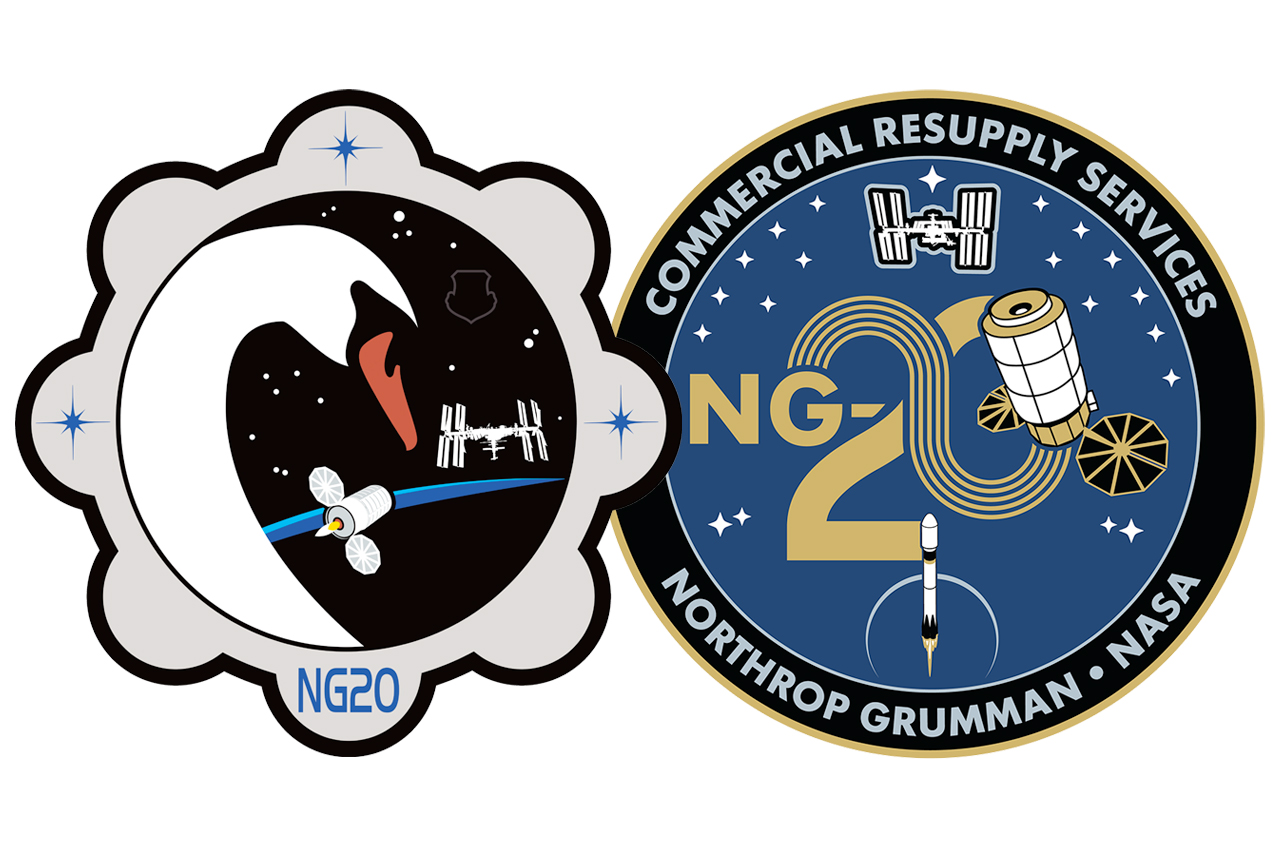
The NG-20 Cygnus will deliver food, supplies and equipment to the Expedition 70 crew, including the first surgical robot to operate on the ISS and an orbit re-entry platform that collects thermal protection systems data. Other investigations aboard the Robertson include a 3D cartilage cell culture that maintains healthy cartilage in a lower gravity environment and the European Space Agency's (ESA) Metal 3D printer, an autonomous semiconductor manufacturing platform.
Northrop Grumman contracted with SpaceX to launch three Cygnus missions as the company transitions its Antares rocket from using Russian-built engines to U.S.-based engines developed with Firefly Aerospace. The new Antares 330 is expected to be ready by the end of 2024.
The S.S. Patricia "Patty" Hilliard Robertson is the sixth Cygnus to be named for a woman and the second to honor a member of NASA's 17th group of astronauts selected in 1998. Robertson's classmate Alan "Dex" Poindexter, who died in 2012 as result of injuries suffered in a water sports accident, was similarly memorialized in 2016.
Other past namesakes have included former company executive J.R. Thompson, U.S. Air Force Manned Orbiting Laboratory (MOL) candidate Robert Lawrence, NASA mathematician Katherine Johnson and NASA astronauts David Low, Gordon Fullerton, Janice Voss, Deke Slayton, John Glenn, Gene Cernan, John Young, Roger Chaffee, Alan Bean, Ellison Onizuka, Piers Sellers and Sally Ride.
The most recent Cygnus, which was launched in August and remains at the space station, was named the S.S. Laurel Clark after the STS-107 mission specialist who died on the space shuttle Columbia in 2003.
Follow collectSPACE.com on Facebook and on Twitter at @collectSPACE. Copyright 2023 collectSPACE.com. All rights reserved.
Get the Space.com Newsletter
Breaking space news, the latest updates on rocket launches, skywatching events and more!
Join our Space Forums to keep talking space on the latest missions, night sky and more! And if you have a news tip, correction or comment, let us know at: community@space.com.

Robert Pearlman is a space historian, journalist and the founder and editor of collectSPACE.com, a daily news publication and community devoted to space history with a particular focus on how and where space exploration intersects with pop culture. Pearlman is also a contributing writer for Space.com and co-author of "Space Stations: The Art, Science, and Reality of Working in Space” published by Smithsonian Books in 2018.In 2009, he was inducted into the U.S. Space Camp Hall of Fame in Huntsville, Alabama. In 2021, he was honored by the American Astronautical Society with the Ordway Award for Sustained Excellence in Spaceflight History. In 2023, the National Space Club Florida Committee recognized Pearlman with the Kolcum News and Communications Award for excellence in telling the space story along the Space Coast and throughout the world.

